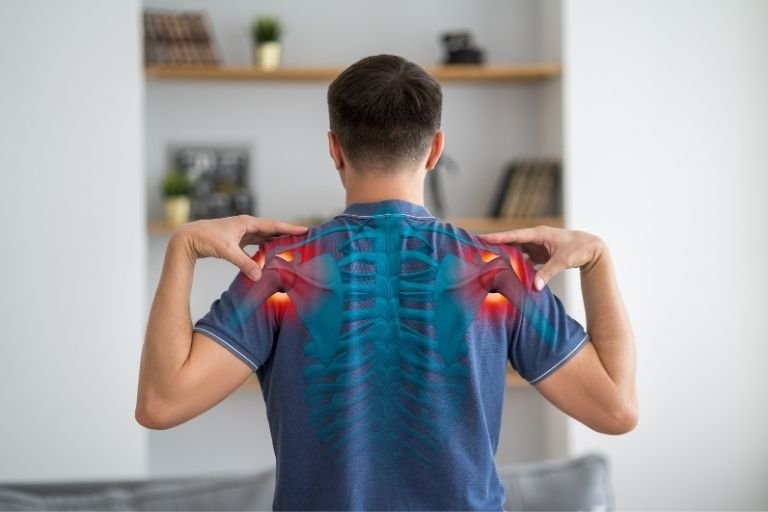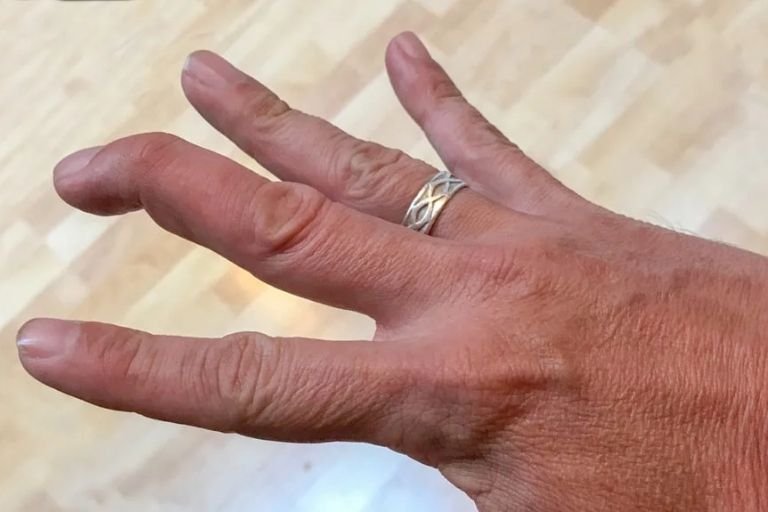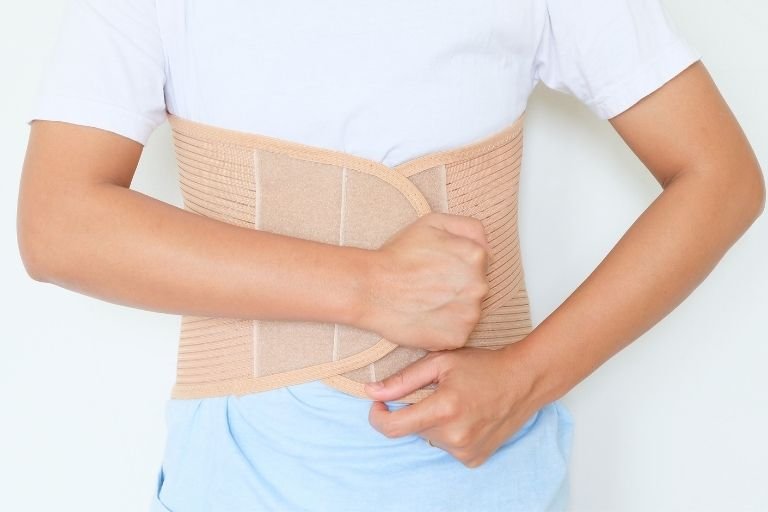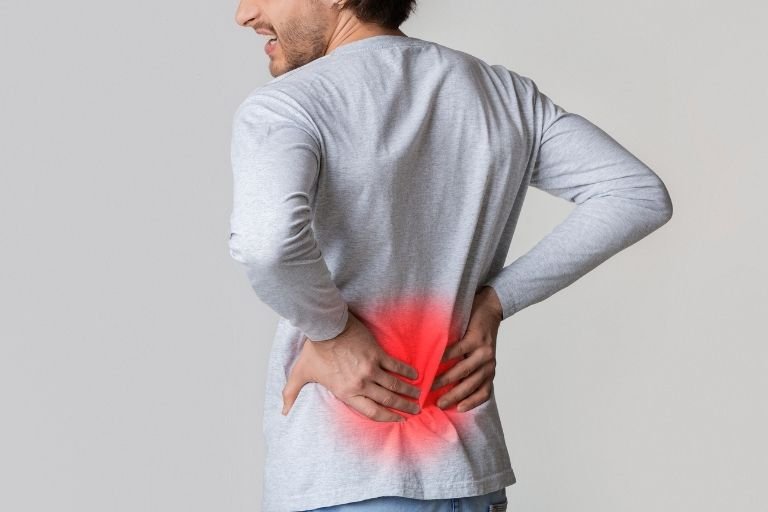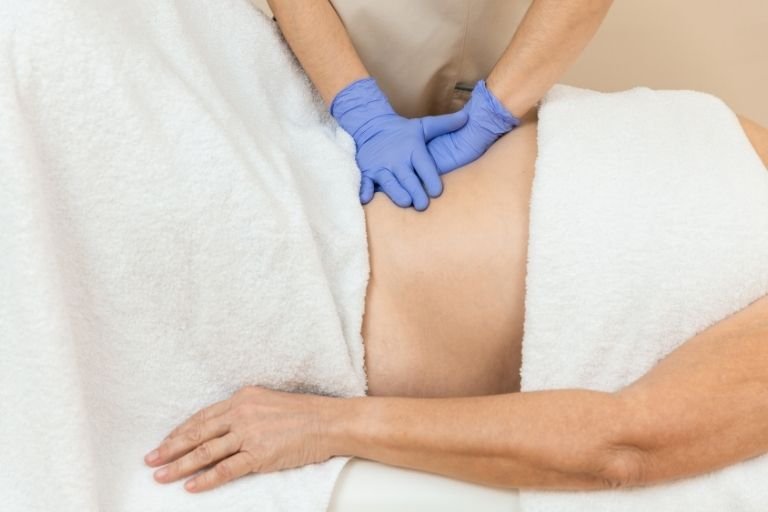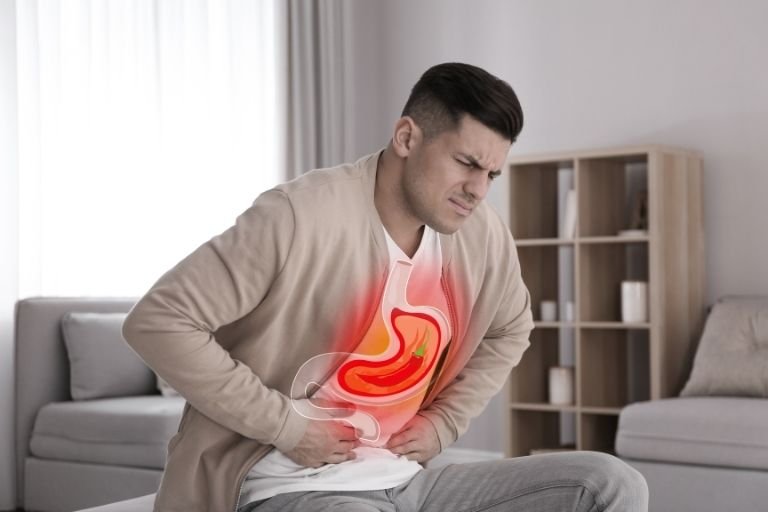- Fitwell Physiotherapy
Golfers Elbow
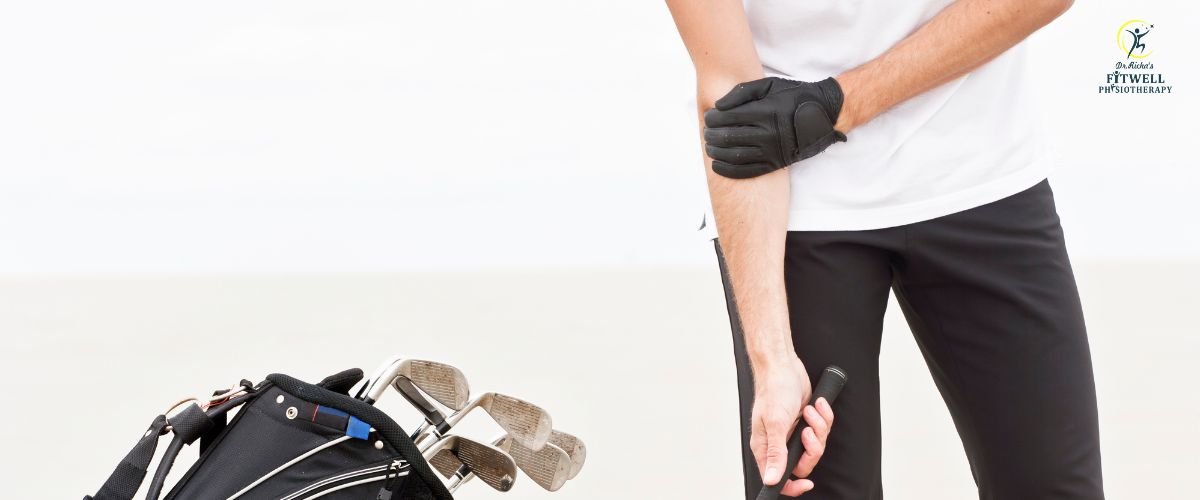
Golfer’s elbow, also known as medial epicondylitis, is a condition characterized by pain and inflammation on the inner side of the elbow. Despite its name, it doesn’t exclusively affect golfers; it can occur in anyone who repeatedly uses their wrists or clenches their fingers. Here’s a breakdown of its symptoms, causes, when to seek professional help, risks, prevention strategies, and treatment options:
Please submit your details below.
Symptoms:
- Pain and tenderness on the inner side of the elbow, which may extend into the forearm.
- Stiffness in the elbow joint, particularly when bending or straightening the arm.
- Weakness in the wrist and hand grip.
- Numbness or tingling sensations in the fingers.
Causes:
- Overuse or repetitive strain on the tendons that connect the forearm muscles to the inner side of the elbow.
- Forceful or sudden movements of the wrist and hand, such as those involved in golf swings, racket sports, weightlifting, or manual labor.
- Poor technique or improper equipment use during physical activities.
When to See a Physiotherapist:
If you experience persistent elbow pain or discomfort, especially during or after physical activity, it’s advisable to consult a physiotherapist. Additionally, seek medical attention if the pain worsens, restricts your range of motion, or if you notice any swelling or signs of infection around the elbow.
Risks:
- Delayed treatment can lead to chronic pain and limited mobility in the affected arm.
- Ignoring symptoms and continuing strenuous activities may result in further damage to the tendons and surrounding tissues.
- In severe cases, golfer’s elbow can lead to tendon ruptures or nerve compression.
Prevention:
- Warm up properly before engaging in physical activities, focusing on stretching and strengthening exercises for the forearm muscles.
- Use proper equipment and technique when participating in sports or performing repetitive tasks.
- Take regular breaks during activities that put strain on the elbow and forearm.
- Gradually increase the intensity and duration of workouts to avoid sudden overexertion.
Treatments:
- Rest: Avoid activities that aggravate the symptoms and give the affected arm adequate time to heal.
- Ice therapy: Apply ice packs to the elbow for 15-20 minutes several times a day to reduce pain and inflammation.
- Physiotherapy: A physiotherapist can recommend specific exercises to stretch and strengthen the forearm muscles, as well as techniques to improve flexibility and joint function.
- Splinting: Wearing a splint or brace may help relieve pressure on the injured tendons and promote healing.
- Medications: Over-the-counter pain relievers like ibuprofen or naproxen can alleviate pain and reduce inflammation.
- Corticosteroid injections: In severe cases, a doctor may administer corticosteroid injections to reduce inflammation and pain.
- Surgery: In rare instances when conservative treatments fail to provide relief, surgical intervention may be necessary to repair or release the damaged tendons.
In conclusion, golfer’s elbow can be a debilitating condition if left untreated. Early recognition of symptoms, coupled with appropriate rest, rehabilitation, and preventive measures, can help manage pain and promote recovery. If you suspect you have golfer’s elbow, don’t hesitate to seek professional medical advice for an accurate diagnosis and tailored treatment plan.
Frequently Asked Questions
Related Conditions
How Fitwell Physiotherapy Can Help?
Dr. Richa’s Fitwell physiotherapy has an extensive team of physiotherapists all within their own specialist areas of physiotherapy. Whatever your condition, we guarantee that we will have the best physiotherapist for you. We assess, diagnose, plan, cure and care for you.
Fitwell Physiotherapy Clinic, Pune provides you best physiotherapy treatment in Kharadi, pune. We also serve Chandan Nagar, Vadgaon Sheri, Keshav Nagar, Wagholi & nearby Areas in Pune. We are experts in treating Neck Pain, Hand Pain, Back Pain, Lower Back Pain, Knee Pain, Stiff Neck, Sciatica, Arthritis, Stroke Paralysis & Post Surgical Rehab.
We provide Specialized physiotherapy treatments in Sports Injuries, Pre and post Surgery, Neurologic, Pediatric, Chronic Pain/Fatigue, Rheumatology, Women’s Health, Men’s Health, Ergonomics, Vestibular, Amputees & all sort of Pain treatment and lifestyle conditions.






















